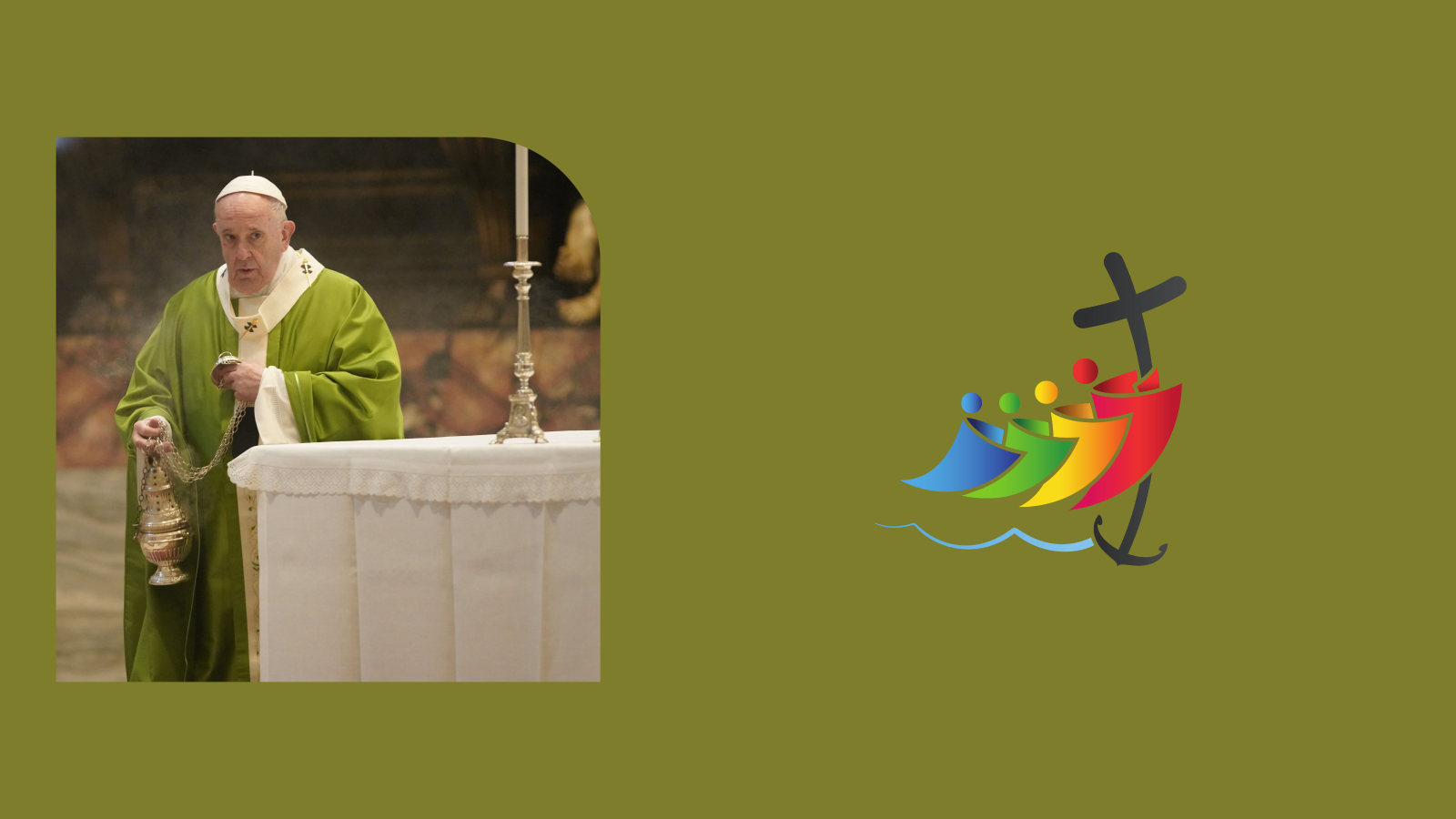The liturgy is the public prayer of the Church: in the words of the Second Vatican Council, it is the “summit toward which the activity of the Church is directed; [and,] at the same time it is the font from which all her power flows.” (Sacrosanctum Concilium, 10). At the center is the Christian liturgy is the Mass - the Eucharistic celebration, where the Body and Blood of Christ are truly received. As a pilgrim, Christ himself walks alongside the disciples and reveals to them the mysteries of the Father, so that they too can say, like the disciples on the road to Emmaus, “Stay with us, for it is nearly evening and the day is almost over.” (Luke 24:29).
One liturgical rite that is specific to the Jubilee year is the opening of the Holy Door. Until the last century, the Pope would symbolically initiate the demolition of the wall that kept the Holy Door bricked up on non-Jubilee years. Masons would then fully remove the brick wall to be able to open the Holy Door. Since 1950, the ceremony has changed and now the wall is dismantled beforehand and, within a solemn choral liturgy, the Pope pushes open the door from the outside, passing through it as the first pilgrim. This and the other liturgical expressions that accompany the Holy Year emphasize that the Jubilee pilgrimage is not merely an intimate, personal gesture, but is a sign of the journey of the whole people of God toward the Kingdom.


